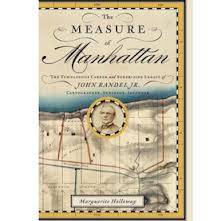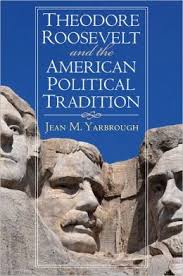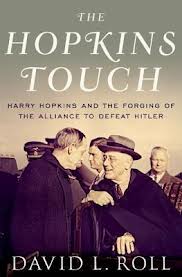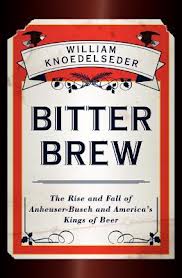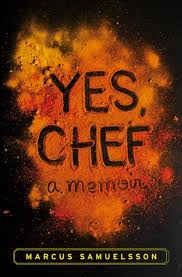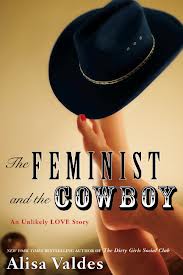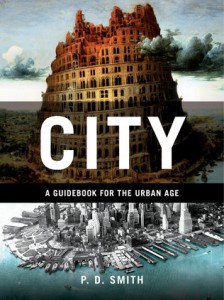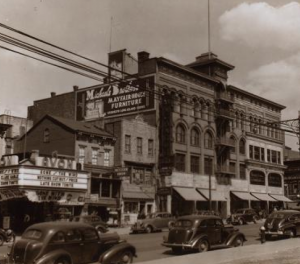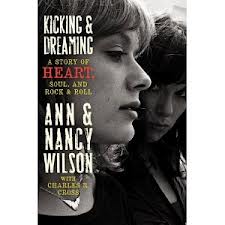Accelerating Democracy – From a Governing Perspective
John O. McGinnis, professor law at Northwestern University, has faith in democracy, empiricism, and technology to improve governance. His latest work, Accelerating Democracy: Transforming Governance Through Technology, provides an overview of the ways in which democratic government can use and respond to technology. He is mot concerned with claims about how democracies should use and respond to new technology.
Driving the work is a serious question: how do democracies make and evaluate decisions? How can they do so more effectively? McGinnis identifies the ever-increasing importance of the social sciences and new technologies to answering that query. For us to live in a rationally governed world, it is essential that we have an understanding of the consequences of policies and choices. New technologies permit more sophisticated questions and answers. We can now do this quickly and efficiently.
McGinnis calls for more experimentation. He wants a revival of federalism with multiple pilots. He identifies great value in more information, more readily shared and assessed. In addition, McGinnis emphasizes the values of predictive markets. Technology can make all of this possible. However, McGinnis does not advocate for a technocratic élite. His aim is about harnessing the social values inherent in new technology.
New technology, particularly analysis of big data, can lead to smarter decisions. Businesses use it well. However, I am not confident that public policy preference is grounded in efficiency. We often make decisions reasons that are less effective and less rational. There is also great potential within dispersed communication (social media) to disrupt government and rational decision-making. Democracies do not always move toward greater democracy. McGinnis, acknowledges bias but believes that technology and greater information can be a corrective.
McGinnis’s vision rings true within the world of public policy and administration. Data and empirical information has the nagging habit of getting in the way of suppositions, biases, and predetermined plans. Officials and leaders who use new technologies can and will be more effective because they will notice this. Happily, these are also the people most likely to read Accelerating Democracy.
David Potash
